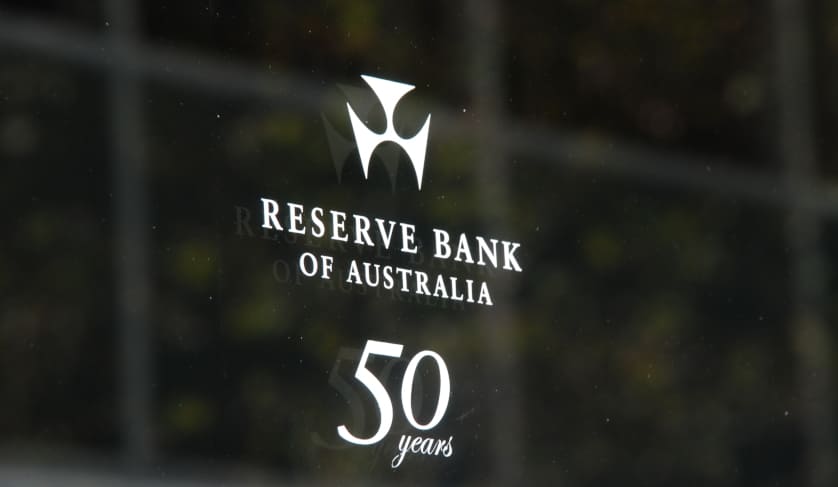RBA makes cash rate decision
The Reserve Bank of Australia has announced its official cash rate for October following its monthly board meeting.

Consistent with current industry predictions, the RBA has decided to keep the official cash rate at the record low of 1.50 per cent.
You’re out of free articles for this month
To continue reading the rest of this article, please log in.
Create free account to get unlimited news articles and more!
The last time the cash rate moved was in August 2016, where it ticked down 25 basis points.
Of all panellists surveyed on finder.com.au, all 31 experts for October have predicted for the cash rate to hold, while HashChing’s broker survey shows 92.25 per cent of brokers also believe the cash rate will hold.
Mortgage Choice CEO John Flavell said the decision to hold stems from the consideration of domestic and global economic factors, which make it “easy to see why” the RBA put the cash rate on hold.
“On the domestic front, the economy is tracking well, with positive business conditions, improved consumer confidence and a relatively low unemployment rate,” said Mr Flavell.
“At a global level, things are also looking up. In the US, the Federal Reserve left the official cash rate on hold, citing a strengthening labour market and moderate growth in economic activity as the basis for their decision.”
Jessica Darnbrough of Mortgage Choice said the economy is currently at a healthy state, so there’s no need for the RBA to adjust rates.
“It is clear the board believes that the current plan of attack is consistent with achieving the inflation target over time,” said Ms Darnbrough.
Michael Witts of ING Direct agrees, saying “the economy is heading in the right direction and there is no need for RBA action at this stage”.
The Housing Industry Association’s Shane Garrett also thinks that the current economic climate does not need any intervention by the RBA.
Andrew Wilson of Domain said the decision to hold the cash rate is indicative of a longer-term stable view, which is reinforced a slightly falling Sydney house price growth, job levels increasing and an improving federal budget position.
However, Mr Wilson added there are still issues that show Australians are “not out of the woods yet”; “stagnant incomes growth, subdued inflation and over-inflated currency remain the jokers in the pack,” he said.
Leanne Pilkington of Laing+Simmons concurs with the notion of additional influences that could impact on the RBA’s optimism, and can see the cash rate holding into the first quarter of 2018.
CoreLogic’s head of research Tim Lawless also noted a cooling housing market will raise the cash rate in the future, looking to how the cash rate has influenced property prices.
“CoreLogic’s hedonic home value index reported the first month-on-month decline in Sydney dwelling values since March last year when the previous round of APRA regulatory changes were flowing through to credit policies and reducing investor participation,” Mr Lawless said.
“That previous slowdown in housing market growth reversed when the cash rate was cut in May and August last year and investment credit growth accelerated.
“No such lifeline is likely to eventuate this time around, and in all likelihood, we will continue to see the trend rate of growth easing across the Sydney and Melbourne housing markets.”
Despite the domestic economy improving, Mr Lawless said wage growth and inflation are “subdued”, and with the cooling housing market, these factors are likely to ease pressure on the RBA to push the cash rate higher.
John Caelli of ME Bank said he “clearly” sees that the next move, whenever it may come, will be a rise.
Nerida Conisbee of REA Group agrees with Mr Caelli’s sentiments, but does not see a rise anytime soon.
“The economy is too weak to increase rates and the housing market is too sensitive to cuts to decrease them,” Ms Conisbee said.
Economist Saul Eslake stated the RBA appears to want to keep rates at their current level, and is not “in any hurry to start raising them”.
“RBA will have drawn some comfort from data releases since the last meeting, but will see them as supporting its current set of forecasts rather than warranting upward revisions to them,” he said.

